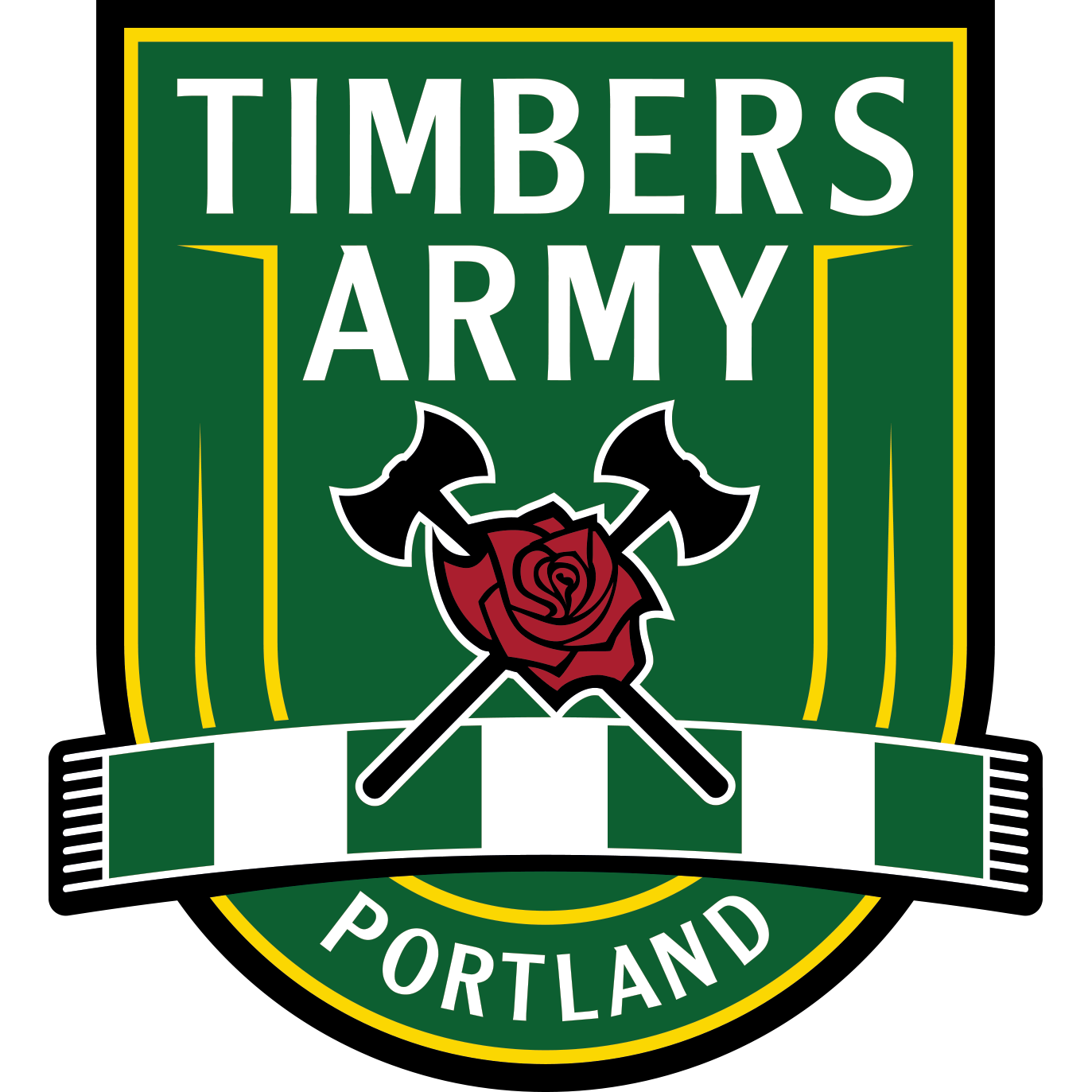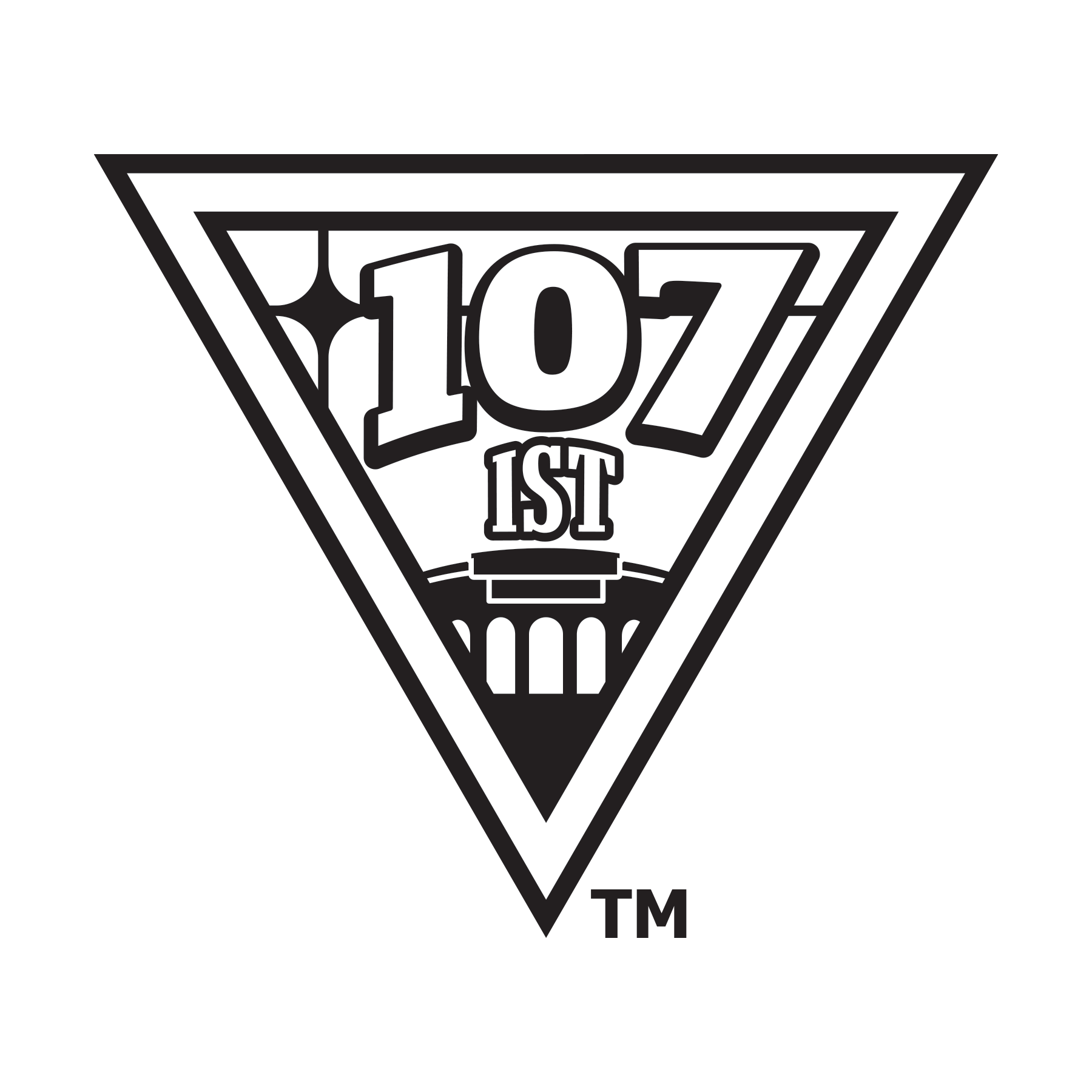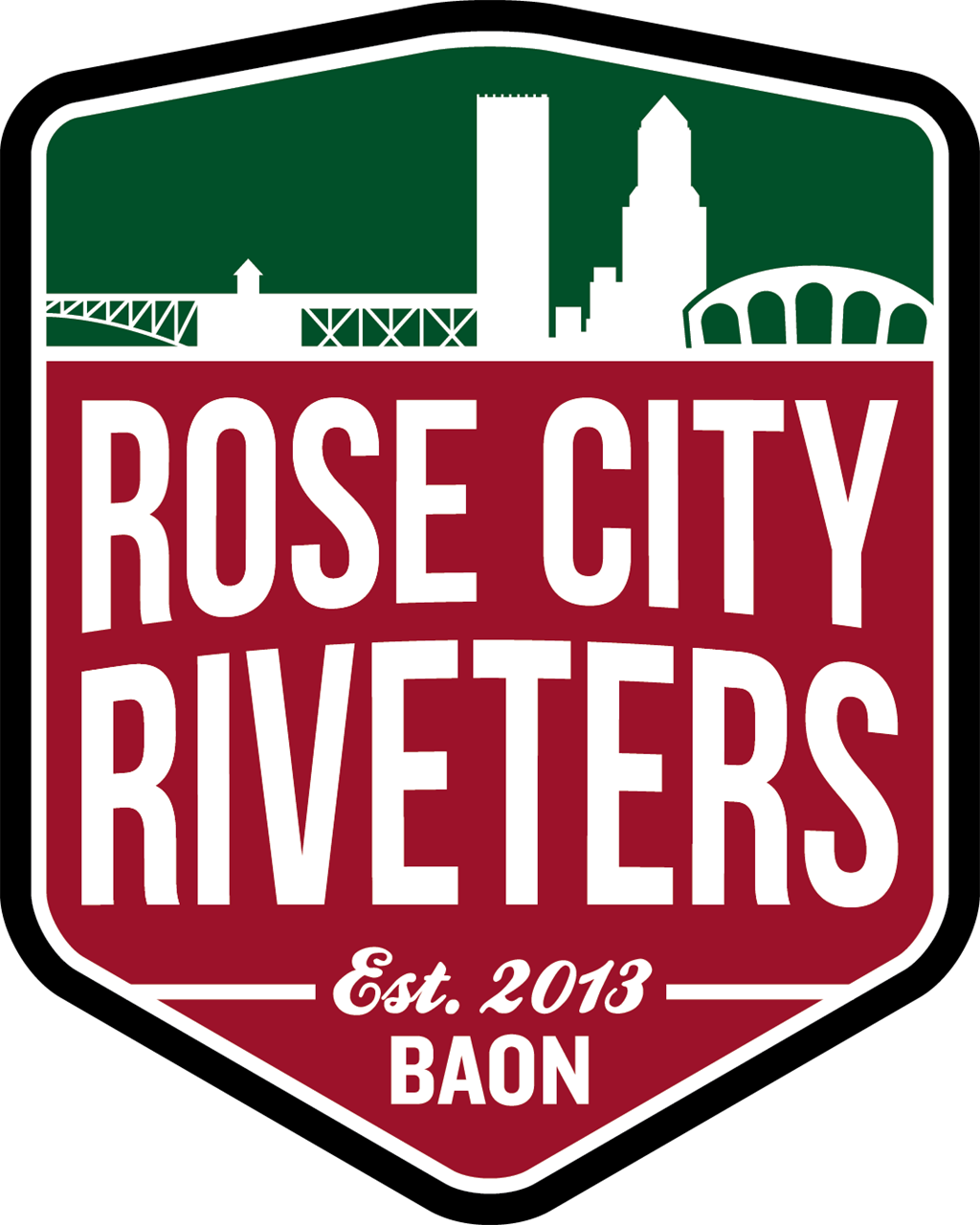The following is a post from Greg Donnelly.
I used to be a lot different than I am today.
In just a few short years, I have reconsidered my place in life, those I want to surround myself with, gained new hobbies, questioned my core values, moved to a new city, and, perhaps the most gasp-inducing of all … started enjoying soccer. If nineteen-year-old me were here he’d thoroughly kick my ass. Well, he’d try, anyway. I have about 25 pounds or so on him by now.
One of the things I’ve been exposed to via soccer is the image of the Iron Front. For me, the symbol represents so much more than anti-fascism. Its purpose and what it stands for can be applied to how much I’ve grown as a person. Just as the first circle-and-arrows were used to stamp out the visceral image of the swastika, what it represents can be painted over a part of me that I am glad is long dead. Here’s a little story...
First, I think it’s important to briefly state what the Iron Front is and how it came to be. Don’t worry, this won’t be a history lesson, just a brief summary of its evolution. In its original iteration, its intent was to cover the image of the swastika of Nazi Germany; able to be swiftly painted over them. In the early 1930s, it was used as a type of civil disobedience in defiance of the growing authoritarian and hypernationalist rule of the Nazis. Imagine a no-smoking sign, except the cigarette is a swastika and the red line is the three arrows. It was graffiti used by everyday people, not soldiers, as a way to loudly and peacefully speak up for what they believed in.
Back to my story … I grew up in Los Angeles (yeah, I’m that guy); the majority of my formative years taking place during the 90s. There’s a saying that no one is really from LA, and that’s true for me as well. The city I grew up in, a dozen or so miles away from LA proper, is a mostly white, middle-class, and relatively safe municipality wedged between the disgustingly rich estates of the peninsula, the busy, diverse streets around LAX, the famous beaches, and the LA strip. It was like we were the middle section of the Venn diagram of social inequality. I grew up in a Baptist church (also all white), and was excessively active in ministries, often spending at least a couple hours there as many as four days a week, not including multi-week camps. I was taught to be deeply ashamed of my “sin,” and therefore those who sinned were detestable. We were taught to stay away from gangs, while being in one of the safest cities in the region. My classmates and I watched Cartoon Allstars to the Rescue, most of us never being offered drugs.
It’s not a stretch to deduce that I grew up insulated from many realities of life. I had genuine hesitation and even fear of leaving the boundaries of my turn-key hometown. Black and Hispanic neighborhoods, at least to this young, sheltered, white kid, were dangerous; the dark and cursed forest we were forbidden to enter lest we lose our very lives … That may have been a bit dramatic, but you get the point.
In my early twenties, I began listening to conservative radio. I began to believe the narrative that people crossing the border illegally were taking our jobs. I called them “border-hoppers.” I’ve used the word “beaner,” rationalizing it by saying I’ll call those deserving of the title “white trash” just as easily. I looked at groups of black people sporting baggy pants as potential “gang-bangers,” and would cross the street or take another one entirely to avoid them. I assumed every Latino was Mexican, illegal, and making our country worse. I voted on a measure to define marriage as one man, one woman. I looked at LGBTQ people as the ultimate sinners and abortion as an unforgivable travesty.
The good news is: I didn’t stay this way.
I don’t think I need to go into details about how and why I changed. There was no real “aha” moment. What’s important is that all these things that I am ashamed of — all these incorrect, racist ways of thinking – I’ve corrected. I realized LGBTQ people are just people, no different than I. I know that most migrants are either refugees escaping a life of fear or simply wanting to make their families’ lives better. I’ve stopped using discriminating terms. And I’ve come to believe that all people are deserving of a fair chance at life.
The Iron Front was painted over fascist symbols. It was used to cover the hateful ideology. It pains me to admit it, but those things I once believed in were hateful ideologies. I see the symbol as a stamp covering that horrible person I once was. For me personally, the Iron Front is a symbol of liberation. It means acceptance, tolerance, love, and a defiance of those who stand against these values. I am a better person today than I was all those years ago, and the three arrows encapsulates my transformation into a person I can be proud of.
That’s not political. That’s not ideological. That’s not partisan or an agenda. It’s treating people like people. It’s winning the fight against hate, one person at a time. It’s inclusion. It’s rejecting racism, homophobia, xenophobia, and oppression. The Iron Front reminds me of how I’ve made my life better and, hopefully, others’ lives as well. That’s not political. That’s being a good person.
Rescind your ban on the Iron Front.


